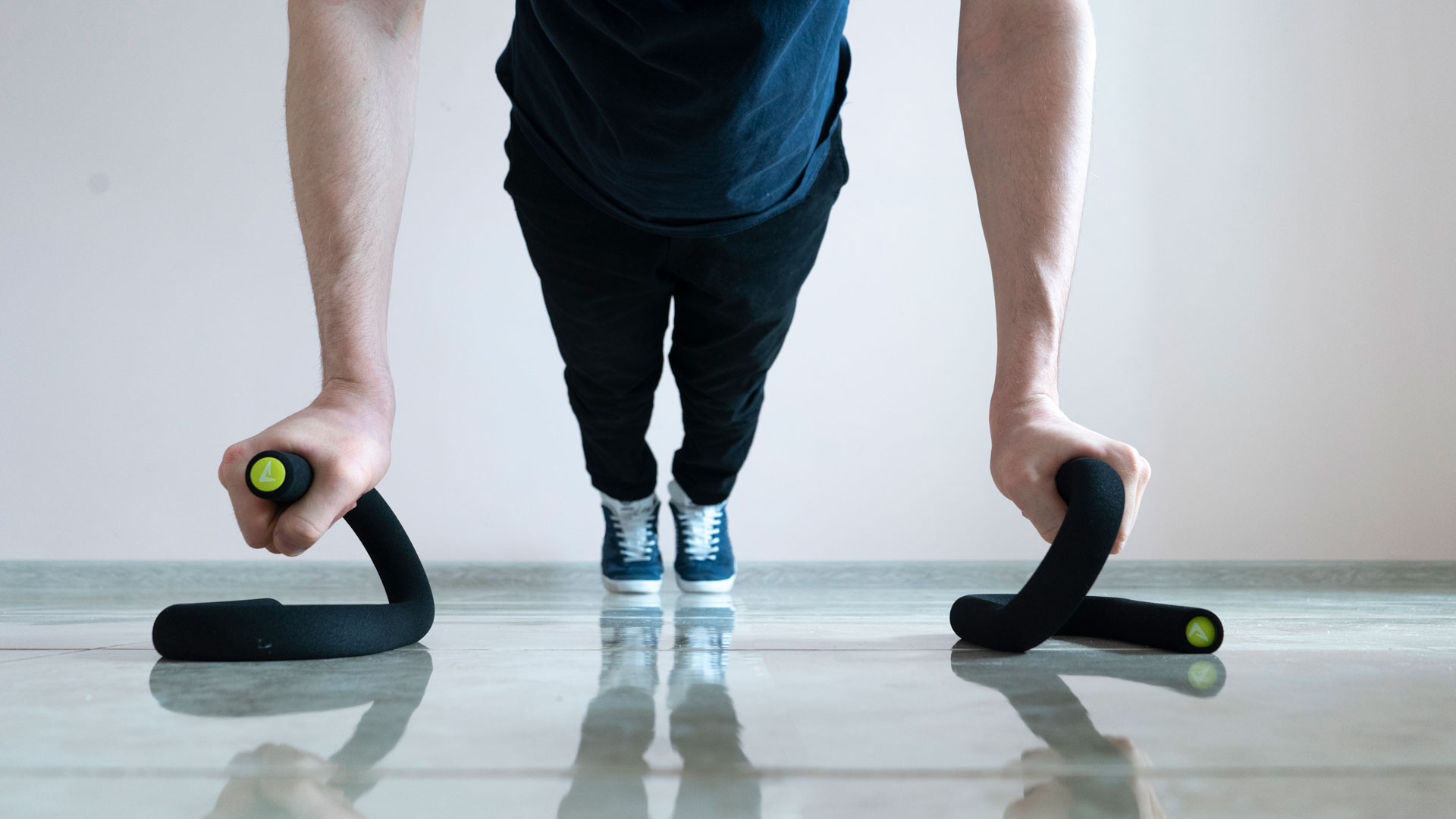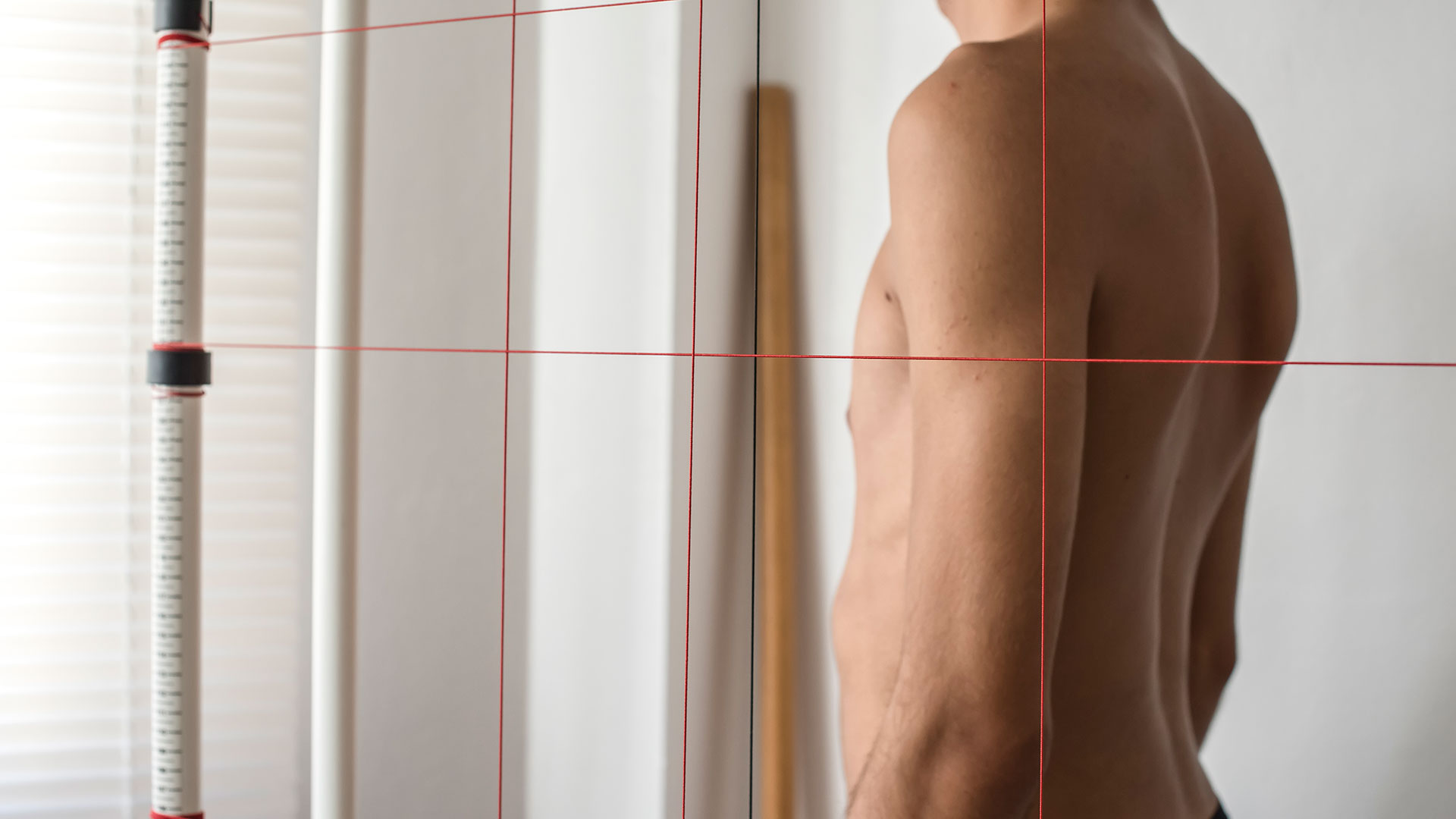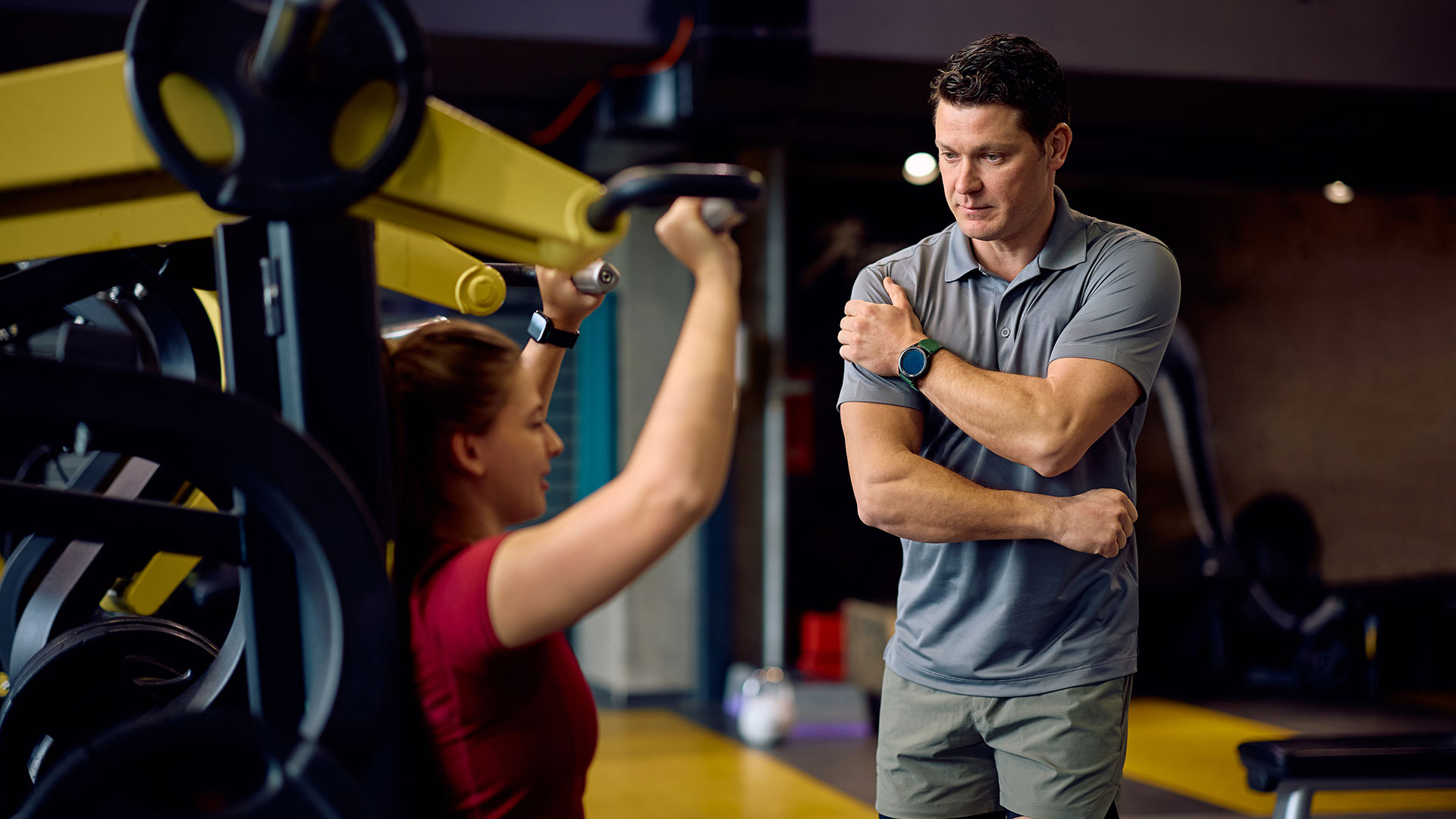Hydration is often underestimated in fitness, yet it is one of the most important factors that determine how well your body performs. Many beginners walk into the gym thinking only about sets, reps, and machines, but without the right fluid balance, your body cannot function at its best. Water is the foundation of life, and during exercise, it becomes the foundation of performance.
When you move, your muscles produce heat. Your body responds by sweating to cool you down, which leads to fluid and electrolyte loss. If those fluids are not replaced, your blood volume decreases, your heart works harder, and your muscles tire faster. Research has shown that even a 2% loss in body water can impair performance, lower endurance, and affect mental focus.
For someone new to the gym, this means a workout can quickly become uncomfortable or even unsafe if hydration is ignored. Staying properly hydrated ensures that your workouts are not only effective but also safe and sustainable. In short: hydration isn’t just about drinking water it’s about training smarter.
The Science of Hydration in the Human Body
Water is more than just a drink; it is the environment in which all your body’s systems operate. Around 60% of your body weight is water, and this fluid plays critical roles:
-
Temperature regulation: Water absorbs heat during exercise and releases it through sweat.
-
Nutrient transport: Blood, which is about 90% water, carries oxygen, glucose, and amino acids to working muscles.
-
Joint lubrication: Synovial fluid in joints depends on water to reduce friction during movement.
-
Waste removal: Water helps eliminate byproducts of exercise like lactic acid and carbon dioxide.
For beginners, understanding this science is crucial. Imagine lifting weights without enough fluid: your muscles will not receive enough nutrients or oxygen, your joints won’t glide smoothly, and your core temperature will rise faster. Instead of a productive workout, you will feel fatigued, stiff, and drained.
Scientific studies confirm these effects. The American College of Sports Medicine highlights hydration as one of the top performance factors for athletes, noting that adequate fluid intake improves endurance, strength, and mental clarity. Beginners can take away a simple truth: your body performs better when it is well-hydrated.
Effects of Dehydration on Exercise Performance
Dehydration directly reduces your body’s ability to perform and recover. The effects appear quickly and grow more severe the longer you go without fluids.
Physical effects of dehydration include:
-
Faster muscle fatigue and reduced endurance.
-
Lower strength output due to poor muscle contraction.
-
Reduced blood flow and higher heart rate, making exercise feel harder.
Cognitive effects of dehydration include:
-
Slower reaction time.
-
Poor focus and decision-making.
-
Increased perception of effort, which makes workouts feel more difficult.
Research shows that losing just 2% of body fluids can reduce endurance capacity by up to 20%. For example, in a treadmill test, dehydrated subjects fatigued significantly faster than those who maintained fluid balance. For beginners, this means that what feels like “bad fitness” may actually just be poor hydration.
A practical example: imagine two people doing a 30-minute HIIT session. The hydrated individual maintains steady energy, clear focus, and good form throughout. The dehydrated one feels dizzy, struggles to keep pace, and risks injury. The only difference? Water.
Hydration Needs for Different Types of Exercise
Not all workouts demand the same level of hydration. The type, duration, and intensity of exercise directly influence how much water and electrolytes your body loses. Beginners often assume that one hydration rule fits all, but the truth is more nuanced.
Strength Training
When lifting weights, your muscles rely on water for proper contraction and recovery. Even mild dehydration can reduce muscle strength by limiting blood flow and impairing the nervous system’s ability to send signals efficiently. Beginners often notice this as “shaking arms” or “early fatigue” during sets. A hydrated body also ensures that joints stay lubricated, reducing the risk of sprains or strains.
Cardio and Endurance Training
Cardio sessions such as running, cycling, or rowing generate significant sweat loss. During endurance training, your body can lose between 0.5–2 liters of fluid per hour, depending on heat and humidity. This fluid loss increases heart rate and reduces stamina. Studies show that endurance athletes who replace fluids regularly can extend their time to exhaustion by more than 20% compared to dehydrated athletes. Beginners should know that even a brisk 30-minute treadmill run requires attention to hydration before and after.
High-Intensity Interval Training (HIIT)
HIIT combines strength and cardio demands, making hydration even more critical. Short bursts of intense effort quickly raise body temperature and deplete electrolytes. Without adequate hydration, beginners risk dizziness or cramps. To perform HIIT safely, small sips of water before and after each round can maintain balance without overloading the stomach.
Key Insight for Beginners: Match your hydration to your activity. Strength training requires steady hydration for muscle and joint function, cardio demands more fluid replacement, and HIIT benefits from careful timing of water and electrolyte intake.
Water vs. Sports Drinks: What’s Best for Beginners?
When it comes to hydration and exercise, a common question arises: should you stick to plain water, or do you need sports drinks? The answer depends on the intensity and duration of your workout.
When Plain Water Is Enough
For most beginners doing workouts under an hour—such as lifting weights, moderate cycling, or a 30-minute jog—plain water is more than enough. Water restores fluid balance, keeps body temperature stable, and supports muscle function without added calories or sugar.
When Sports Drinks Are Useful
Sports drinks provide electrolytes (sodium, potassium, magnesium) and carbohydrates, which become important during prolonged or high-intensity exercise lasting longer than 60 minutes. For example, long-distance runners or athletes training in hot, humid environments benefit from the electrolyte replacement that sports drinks provide. Without electrolytes, the risk of muscle cramps, dizziness, and even heat exhaustion increases.
What the Research Says
Studies comparing water and sports drinks show that for exercise under an hour, performance differences are negligible. However, during endurance events or workouts in extreme heat, sports drinks help maintain hydration, stabilize blood sugar, and delay fatigue. Beginners should note that many sports drinks contain high sugar levels, which can add unnecessary calories if not burned off through training.
Practical Takeaway for Beginners:
-
If you’re exercising less than 60 minutes → drink water.
-
If you’re training over 60 minutes, or in hot conditions → consider a sports drink with electrolytes.
-
For weight management → avoid sugary sports drinks unless truly necessary.
How to Monitor Hydration Levels
Staying hydrated isn’t just about drinking water randomly; it’s about knowing when and how much your body needs. Beginners often struggle because thirst alone isn’t always a reliable indicator. By the time you feel thirsty, you may already be mildly dehydrated. Fortunately, there are simple, science-backed ways to monitor hydration levels.
Urine Color Check
One of the easiest tools is a urine color chart. Pale yellow indicates good hydration, while darker amber tones suggest dehydration. Clear urine all the time may actually mean overhydration, which can dilute electrolytes and cause imbalance. For most beginners, aiming for a light lemonade color is ideal.
Body Weight Tracking
A practical method is to weigh yourself before and after workouts. If you lose more than 2% of your body weight in a session, you’re not replacing fluids effectively. For example, a 70 kg person who finishes a workout at 68.6 kg has lost too much water. The general rule is to replace about 1.5 liters of fluid per kilogram lost to restore balance.
Technology Assistance
Modern solutions like smart water bottles and fitness trackers can also help. Some bottles track your intake and send reminders, while advanced wearables can estimate sweat rates. Beginners don’t need expensive tools to get started, but these gadgets can reinforce awareness and build habits.
Beginner Tip: Make hydration a conscious part of your workout routine, just like logging sets and reps. Awareness creates consistency, and consistency creates results.
Practical Hydration Strategies for Beginners
Knowing that hydration is important is one thing; applying it in daily workouts is another. Beginners can follow a few simple strategies to stay consistently hydrated before, during, and after exercise.
Pre-Exercise Hydration
-
Drink 400–600 ml (about 2–3 cups) of water 2 hours before exercise.
-
Have an additional 200–300 ml about 20–30 minutes before your workout.
This ensures you start training with a full fluid reservoir without feeling bloated.
During Exercise
-
Take small, steady sips every 15–20 minutes if your workout lasts longer than 30 minutes.
-
Avoid gulping large amounts at once, which can cause stomach discomfort.
-
For sessions over an hour, consider a sports drink or electrolyte mix to replace sodium and potassium.
Post-Exercise Rehydration
-
Replenish lost fluids immediately. A good rule: drink 1.5 times the amount of fluid lost (using body weight tracking as mentioned earlier).
-
Combine water with a small snack that includes electrolytes, such as a banana or lightly salted nuts.
Lifestyle Habits That Support Hydration
-
Carry a reusable water bottle throughout the day.
-
Eat water-rich foods like cucumbers, oranges, and watermelon.
-
Avoid excessive caffeine or alcohol, which can contribute to fluid loss.
Beginner Tip: Don’t wait until you’re gasping for water in the middle of a workout. Build hydration into your pre-exercise routine and treat it as part of your training—not an afterthought.
Common Hydration Mistakes in the Gym
Even though hydration sounds simple, many beginners—and even experienced gym-goers—make mistakes that hold back performance or increase risk. Awareness of these pitfalls can save you from unnecessary setbacks.
1. Underdrinking
Some people arrive at the gym already dehydrated because they haven’t drunk enough throughout the day. By the time they start sweating, their performance is already compromised. Underdrinking leads to muscle cramps, dizziness, and faster fatigue.
2. Overdrinking
On the other hand, drinking too much water in a short time can dilute electrolytes, especially sodium, leading to a dangerous condition called hyponatremia. Symptoms include nausea, headaches, confusion, and in extreme cases, seizures. This is rare but more likely in endurance events when people drink excessively without replacing electrolytes.
3. Relying Only on Thirst
Thirst is a late signal. If you wait until you’re thirsty, you may already be in a dehydrated state. Beginners should develop proactive hydration habits rather than waiting for thirst cues.
4. Ignoring Electrolytes
During long or hot workouts, water alone isn’t enough. Sodium, potassium, and magnesium are lost in sweat and must be replaced. Ignoring this balance increases the risk of cramps, weakness, and dizziness.
Beginner Tip: Balance is the goal. Don’t ignore hydration, but don’t overcompensate either. Drink steadily, monitor your body’s signals, and adjust based on workout intensity and environment.
Long-Term Benefits of Proper Hydration
Hydration isn’t just about one workout—it’s about creating lasting benefits for performance, recovery, and health. When beginners build strong hydration habits early, they set the foundation for long-term success in fitness.
Better Performance and Recovery
Adequate hydration improves muscular endurance, joint mobility, and cardiovascular efficiency. Over weeks and months, this translates into steady strength gains and longer stamina. Well-hydrated muscles also recover faster because they receive more oxygen and nutrients during the repair process.
Injury Prevention
Dehydrated tissues are more prone to strains and sprains. Water cushions joints, lubricates cartilage, and keeps tendons flexible. Over time, this lowers the risk of overuse injuries, especially for beginners learning new movements.
Overall Health Benefits
Proper hydration supports digestion, metabolism, and circulation. Studies also suggest a link between hydration and fat loss: people who stay hydrated often experience better appetite regulation and burn more calories during exercise. Long-term hydration also supports skin health, cognitive function, and even mood stability.
Beginner Tip: Think beyond the workout. Hydration supports every aspect of your body, from brain function to joint health. By staying hydrated consistently, you not only perform better in the gym but also feel and function better in everyday life.
Conclusion
Hydration is more than just a glass of water before a workout—it is the foundation of exercise performance, recovery, and long-term health. For beginners, learning to pair hydration with training is just as important as choosing the right exercises. A hydrated body delivers oxygen and nutrients more efficiently, regulates temperature, lubricates joints, and prevents fatigue from setting in too soon.
Throughout this guide, we’ve seen how dehydration can quickly reduce strength, endurance, and focus. We’ve also learned that hydration needs vary depending on the type and duration of exercise, and that balance—not overdrinking or underdrinking—is the key. Whether you’re lifting weights, running, or trying high-intensity intervals, your results depend on how well you manage your fluid and electrolyte intake.
The main takeaway for beginners is simple: treat hydration as part of your training plan, not an afterthought. With steady, mindful fluid intake before, during, and after exercise, you will perform better, recover faster, and stay motivated longer. Water is not a supplement or a luxury—it’s a performance tool you already have access to. Use it wisely.
FAQs: Hydration and Exercise
1. How much water should I drink before a workout?
Drink about 400–600 ml (2–3 cups) of water 2 hours before exercise, plus another 200–300 ml about 20–30 minutes before starting. This ensures your body is hydrated without feeling heavy.
2. What are the signs that I’m dehydrated during exercise?
Common signs include excessive thirst, dry mouth, dizziness, muscle cramps, dark-colored urine, and feeling more fatigued than usual. If you notice these symptoms, stop and rehydrate immediately.
3. Is plain water enough, or do I need sports drinks?
For workouts under 60 minutes, plain water is usually enough. For longer or more intense sessions—especially in heat—sports drinks with electrolytes can help replace sodium and potassium lost in sweat.
4. Can I drink too much water while exercising?
Yes. Drinking excessively in a short period can dilute blood sodium levels, causing hyponatremia. To avoid this, sip steadily and use electrolyte solutions if training for long periods.
5. Does hydration affect weight loss in beginners?
Yes. Staying hydrated can improve metabolism, regulate appetite, and support fat loss. Sometimes, the body confuses thirst with hunger, so proper hydration can reduce unnecessary snacking while improving workout performance.



